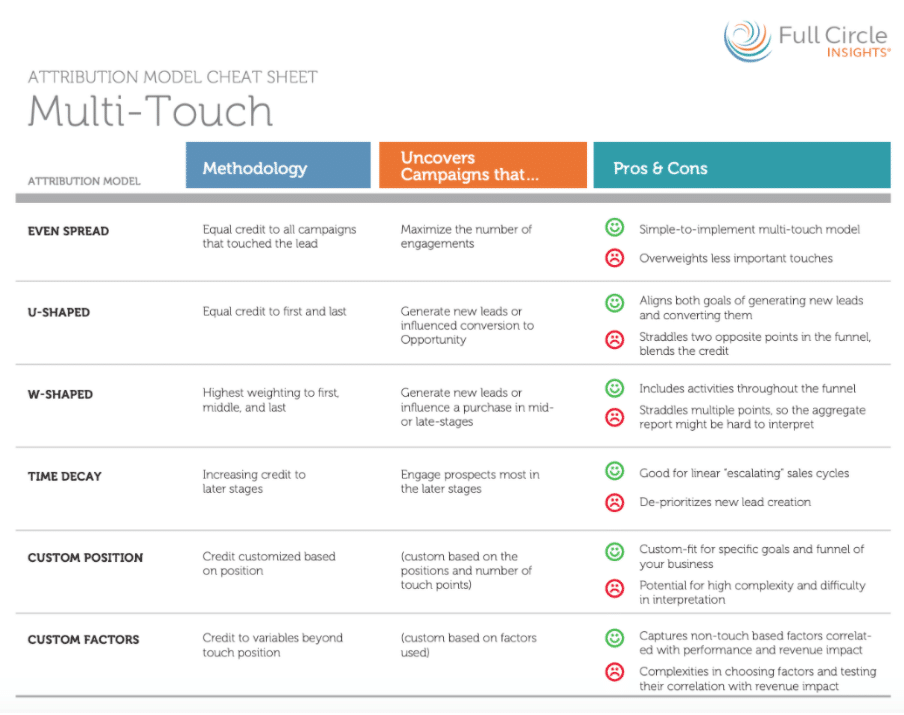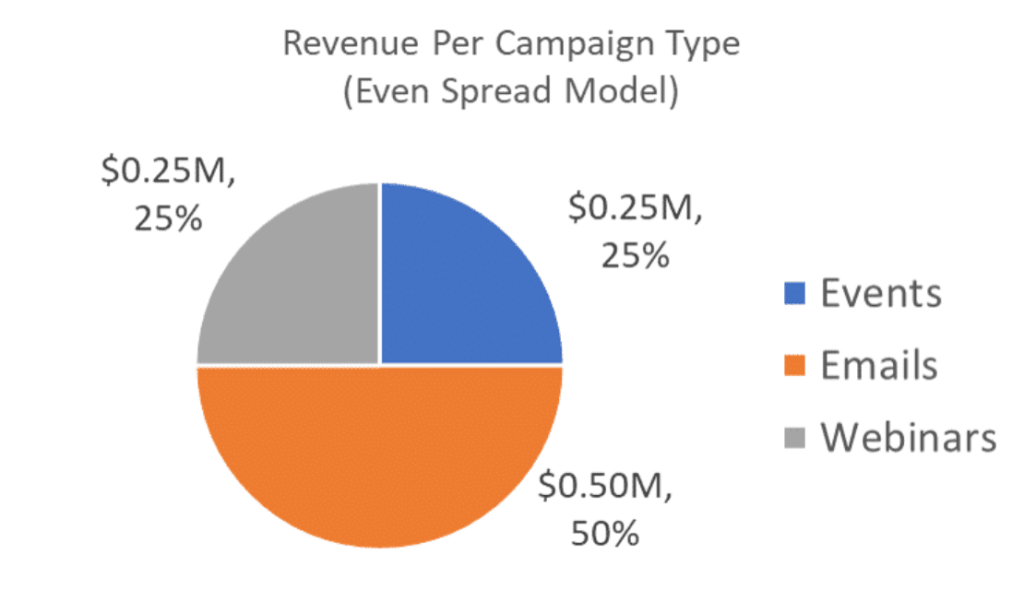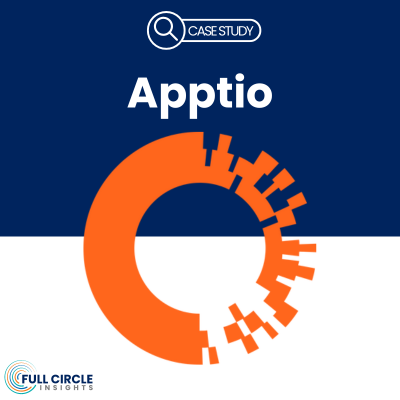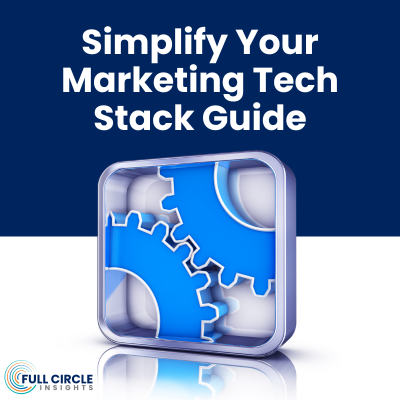Know Your Marketing Attribution Basics
By Bonnie Crater, President and CEO, Full Circle Insights
Being able to attribute leads, conversions and sales to B2B marketing activities is incredibly important in any economic climate. It’s the difference between being able to tell the board how many clicks and impressions marketing delivered vs. how many sales leads marketing generated. It’s the difference between reporting on marketing’s activities vs. reporting on the department’s role in revenue creation.
Before we get into how that works, let’s back up a moment and define marketing attribution in this context. Simply put, marketing attribution is an analytics method to measure the impact of marketing campaigns on the sales pipeline and revenue. Marketing needs to be able to demonstrate how it contributes to revenue generation to justify its budget and optimize its spend.
Get Clarification on Marketing’s Responsibilities
It’s also important to understand expectations around marketing’s role in the context of the funnel. When a CEO says the B2B marketing team should contribute 50% to the sales revenue target, what does that mean, exactly? It’s important to clarify expectations around what percentage of deals marketing is expected to source at the top of the funnel vs. what the team influences at every stage.
Knowing that will help you establish an optimal campaign mix and adjust staffing to hit your targets. First-touch campaigns like digital ads, webinars, etc., provide a source of leads. Sales acceleration campaigns such as lunch and learns or other events may require different skill sets on your team. This is why it’s critical to get clarification up front. For example, the CEO might say “marketing is expected to source 50% of leads and influence 80%.”
Select the Right Model to Determine Campaign Attribution
To determine the right campaign attribution model to get insight into how marketing is measuring up to expectations around sourcing and influence, you’ll need to select the right attribution models. There are two broad categories of attribution models:
- Single touch: this type allocates the value of closed deals to a single interaction

- Multi-touch: this method allocates value to multiple interactions

Each category contains different attribution models. You can also review this handy attribution model cheat sheet for details on the different types of models, what they reveal about how campaigns affect pipeline and revenue, and the pros and cons of using each type of attribution model.
The type of model that would work best for your marketing attribution purposes depends to some extent on your strategy. If you’re marketing for a newer company that is focused on creating interest at the top of the sales and marketing funnel, you’re probably best served by at least using the first-touch model that attributes leads to the initial interaction.
If you’re marketing for a large company, using a substantial database and attempting to convert contacts into sales, it might make more sense to use a model that gives greater weight to touches later in the cycle, such as the “time decay” model. This model gives increasing credit to touches later in the cycle and is a good fit for a linear sales cycle.
Full Circle Insights generally recommends that clients start off using three models simultaneously:
- First touch model, a single-touch model that attributes 100% of credit for the lead to the first touch and is simple to implement and understand.

- Even spread model, a multi-touch model that distributes credit evenly across all touches; it’s also easy to implement and understand.

- Weighted model, a multi-touch approach that weights touches according to custom factors, e.g., all-day events get more credit than a digital ad, etc.

If you want to get a little more sophisticated, Full Circle recommends taking a very close look at our business strategy. Say you want to grow your average deal size to more than 20K and you want to shorten your sales cycle to less than 60 days and you want to reach decision makers. In your attribution model you will want to give a higher weight to the campaigns that influence deals greater than $20K in size, have decision makers at Contact Roles on the Opportunity, and an MQL to Close velocity of less than 60 days.
When you list your campaigns stacked ranked by influenced revenue, you will see the campaigns that meet that criteria at the top of the list and the ones that don’t at the bottom of the list. These listings will give you a really good idea of what is working and what is not working.

Some companies have argued that the attribution model should be based on what happened last year and should be automatically generated. We believe that logic is largely flawed. Markets, competitors, new offerings, and messaging are always changing. So at Full Circle we recommend instead that you build your custom attribution model based on your business strategy.
We hope this is was a useful article to get your feet wet in marketing attribution. By analyzing data from multiple attribution models, you’ll start to understand how attribution works, what it can reveal, and also gain insight that can help you enhance your own custom models. Once you know your marketing attribution basics and use them with funnel metrics, you’ll be in a better position to demonstrate marketing’s contributions and optimize campaign outreach.
Watch: On-Demand Webinar
How Getting Marketing Attribution Right Boosts
Sales and Your Career Trajectory




